Although the Oculus Quest has only been out since May 21, 2019, fans have been anticipating a new model. VRーvirtual realityーhas become popular in recent years among people, and the Oculus Quest was the perfect object to purchase.
After almost a year and a half of waiting, the Oculus Quest 2 has been confirmed. It has been opened for pre-orders starting at a base price of $299 and a release date of October 12, 2020. With much excitement in the air for tech enthusiasts and fans of VR worldwide, here are the significant differences to know between the new model and the original.
10 The Entry-Level Price
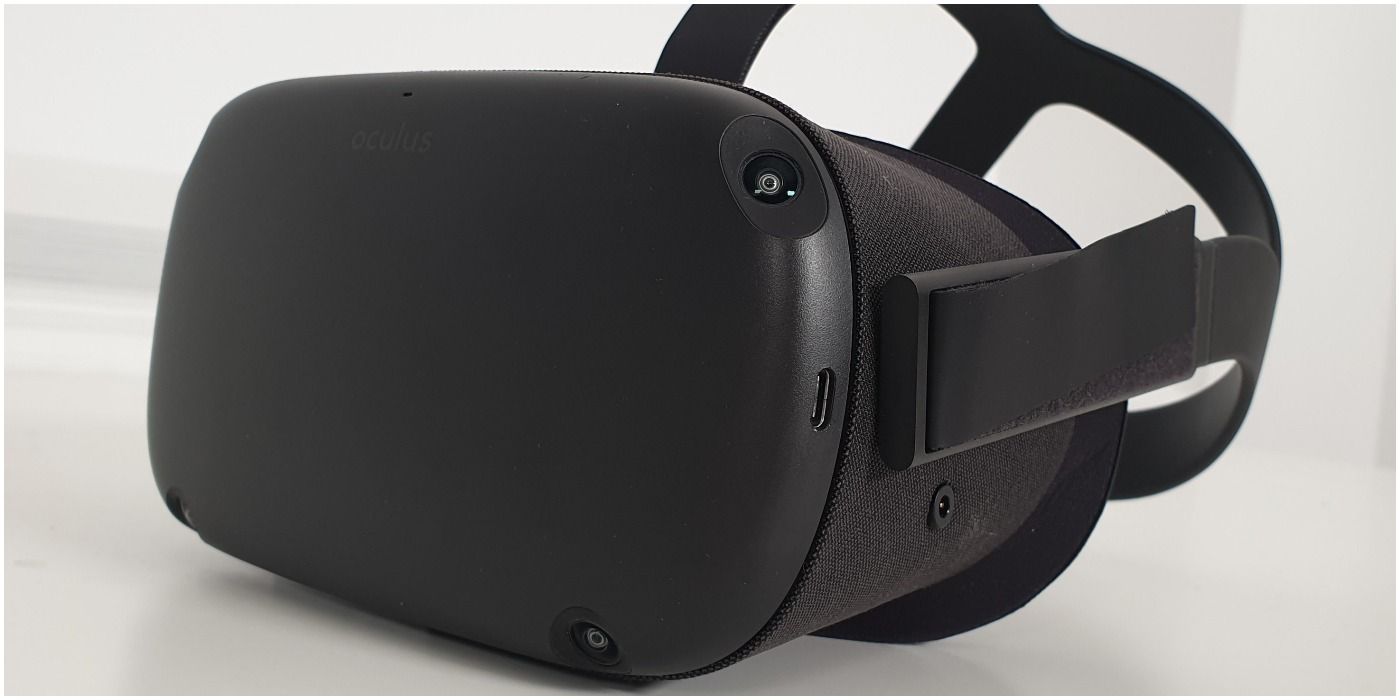
For fans who wish to begin their venture into VR, they can now buy the Oculus Quest 2 has a more accessible entry price.
While the launch price for the original Oculus Quest was $399, the Oculus Quest 2 has a starting price of $299 for 64GB. For those who want more onboard storage, there is a 256GB model that is available for $399. Compared to the original Quest, the Quest 2 is $100 cheaper than the original entry-level price, which gives fans barely any reason to buy the old model.
9 Specifications & Power Boost
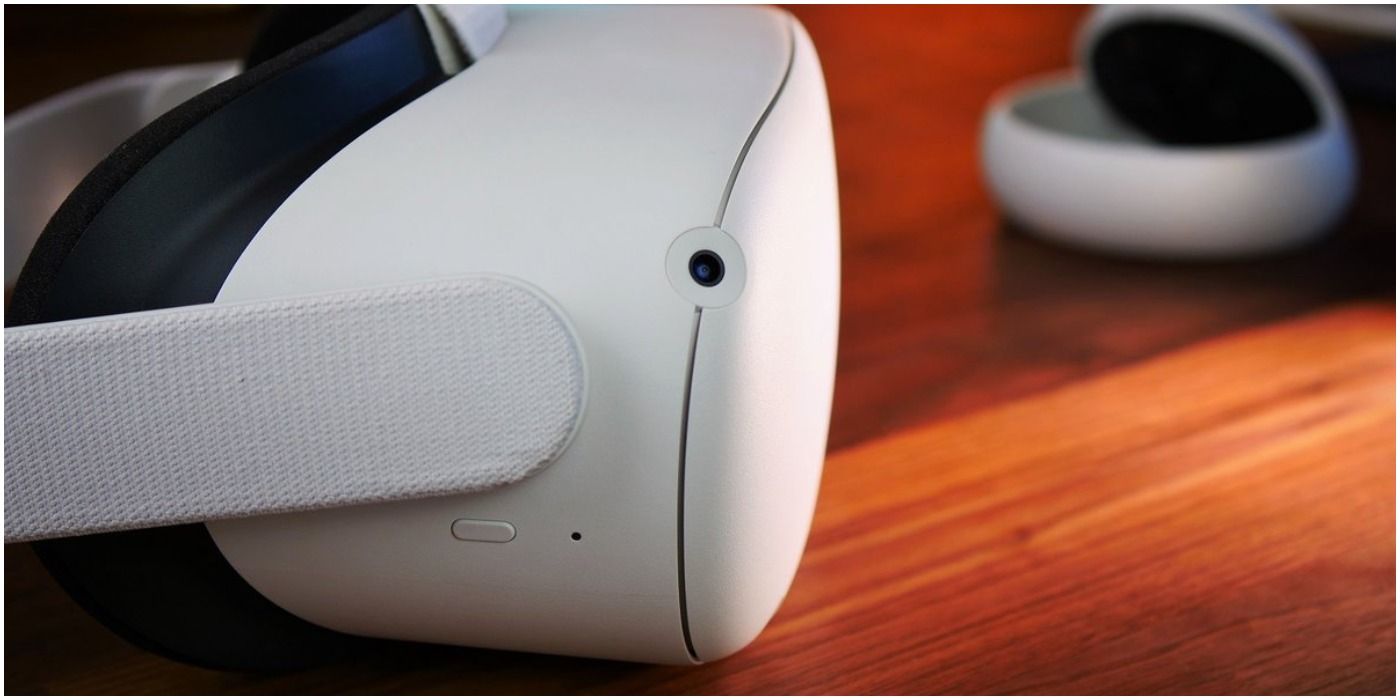
Even though the Quest is only a year old, the leap in performance between the Quest and Quest 2 is quite substantial.
RELATED: Facebook Oculus Will Attend GDC 2020 Remotely Due To Coronavirus Fears
While the Quest used the Qualcomm Snapdragon 835 chipset with an Adreno 540 GPU and 4GB of RAM, the Quest 2 uses the all-new Qualcomm Snapdragon XR2 chipset with 6GB of RAM. While the Snapdragon 835 is commonly found in smartphones, the XR2 chipset was created with VR in mind, giving double the performance of the Snapdragon 835 in both CPU and GPU performance. This allows the Quest 2 to give near PC quality performance.
8 Higher Resolution Display & Refresh Rate
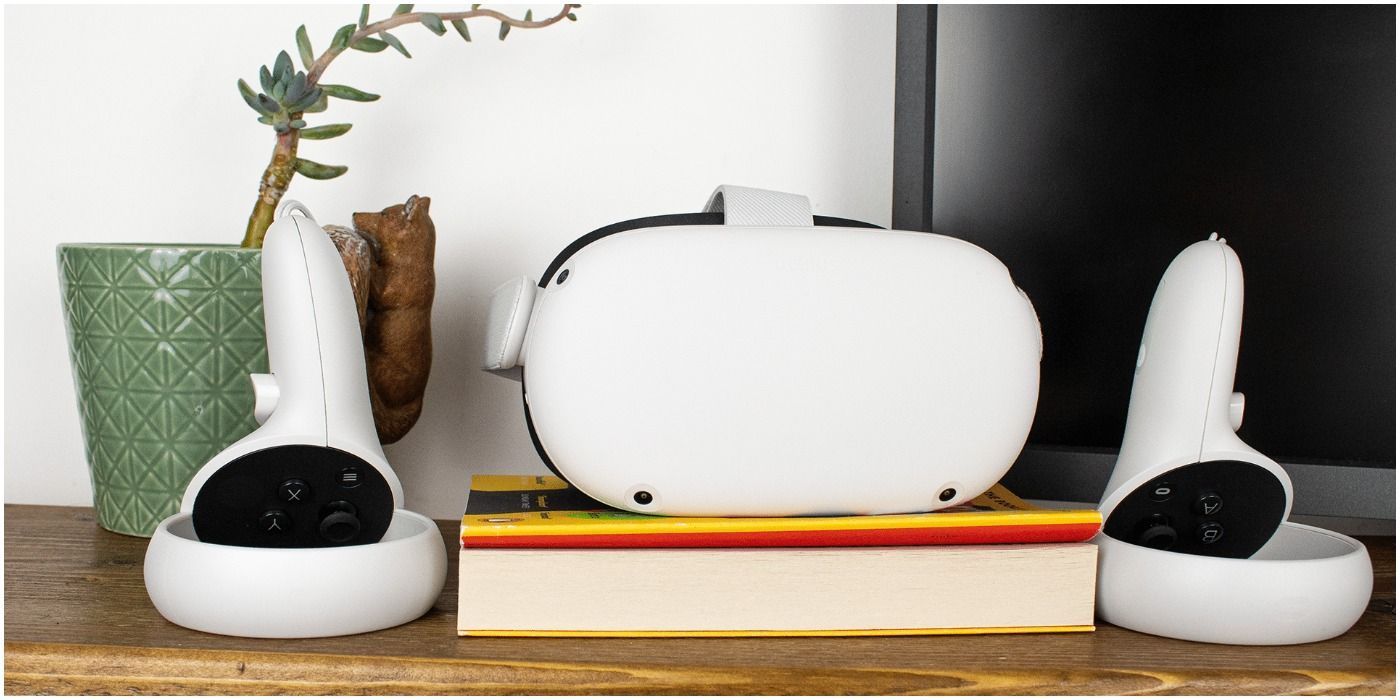
Referring to the all-new CPU and more RAM, the Quest 2 has a higher resolution display compared to the Quest. More RAM allows the Quest 2 to deal with more complex and detailed environments while its new and higher resolution display has a higher refresh rate of 90Hz.
This beats the Quest's refresh rate of 72Hz, which allows for smoother movements and less of a Screen-door effect, a common concern with pervious VR headsets.
7 Controller Design & Battery Life
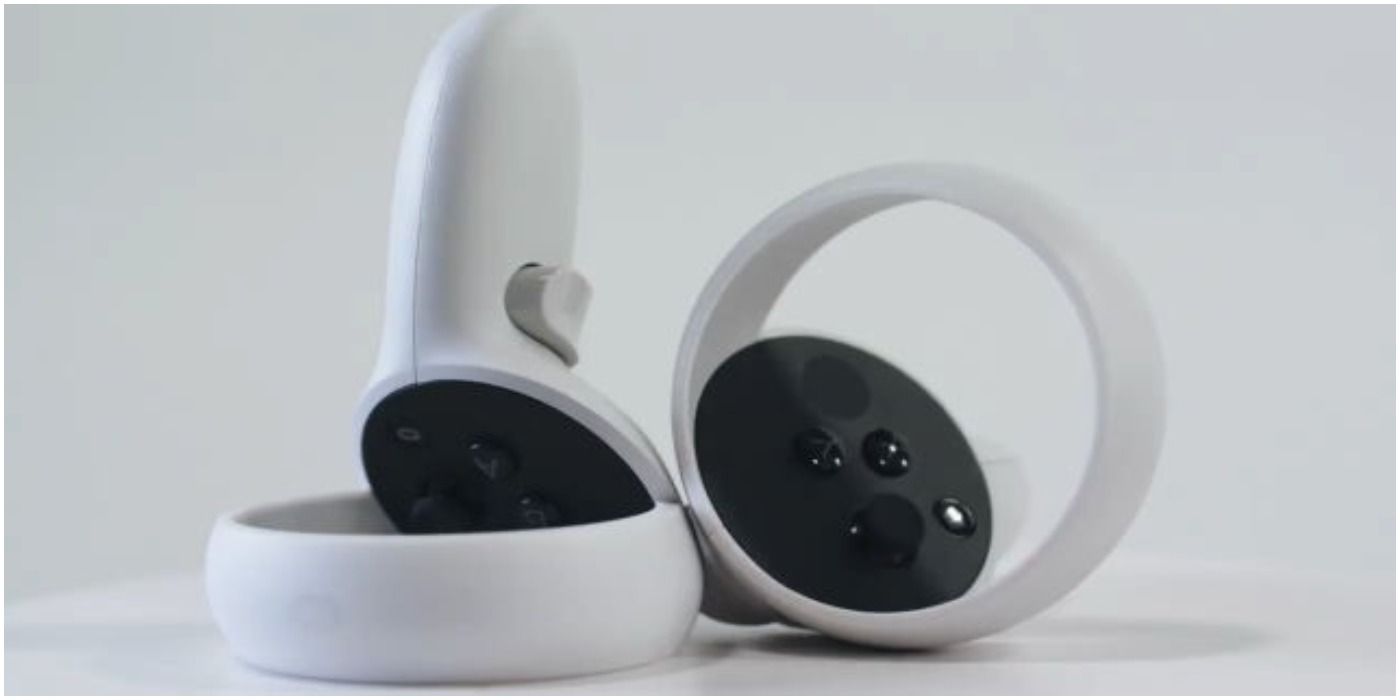
The Quest 2 comes bundled with redesigned controllers compared to the original Quest. These new controllers give users thumb more room to access the buttons and the thumbstick, as well as less internal tracking LEDs to save battery life, despite still having a single AA battery.
The original battery life of the Quest gave it a battery life of 2 to 3 hoursーbut Oculus claims the Quest 2 controllers can work up to 4 times longer, giving more time for play.
6 The Headset & Head Strap Design
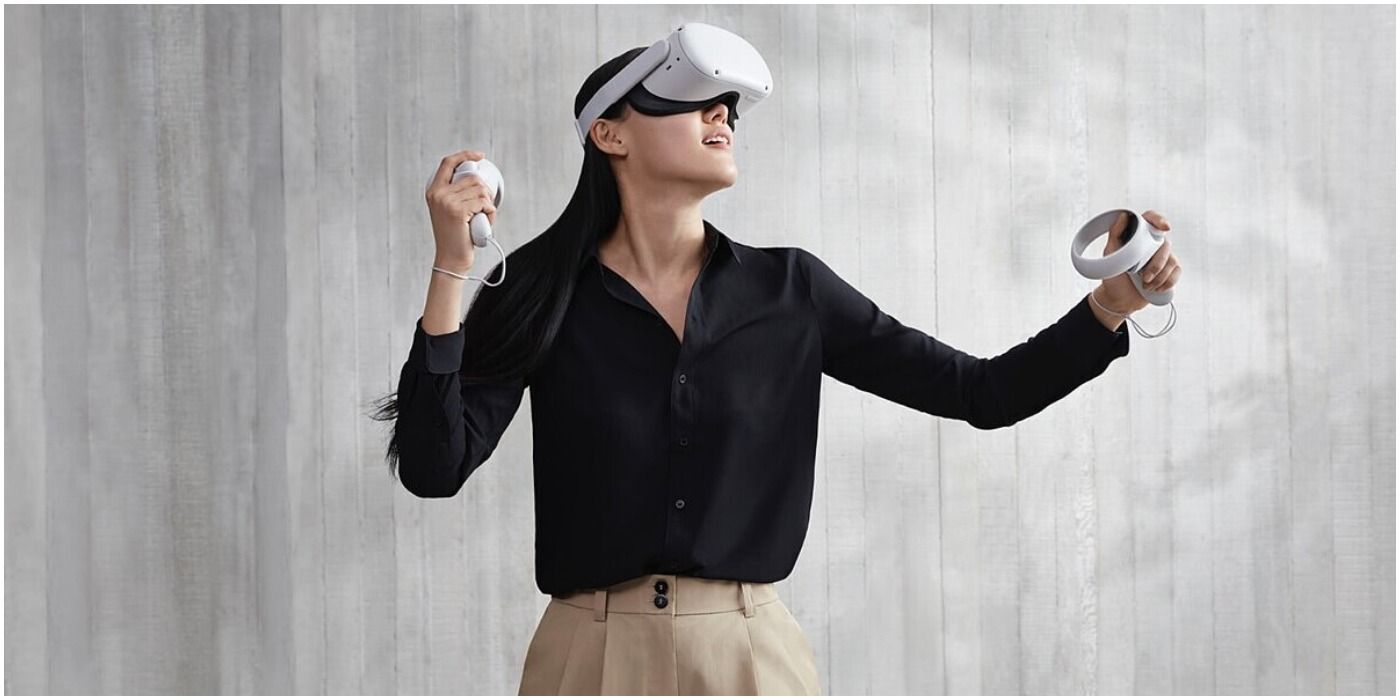
The original headset for the Quest was topheavy, causing some fans to not use it for long periods of time. The design still remains clunky as stated by some who have tried it, it is 40 grams less compared to the original Quest.
For reference, the original was 503 grams while the new model is 571 grams. While it is not the biggest difference, this will hopefully enable longer playtimes for some. The head straps are now also fabric, which rivals the original's rubber one, making it a more comfortable fit overall. There is also an elite head strap that fans can purchase for $50.
5 No Manual IPD Slider
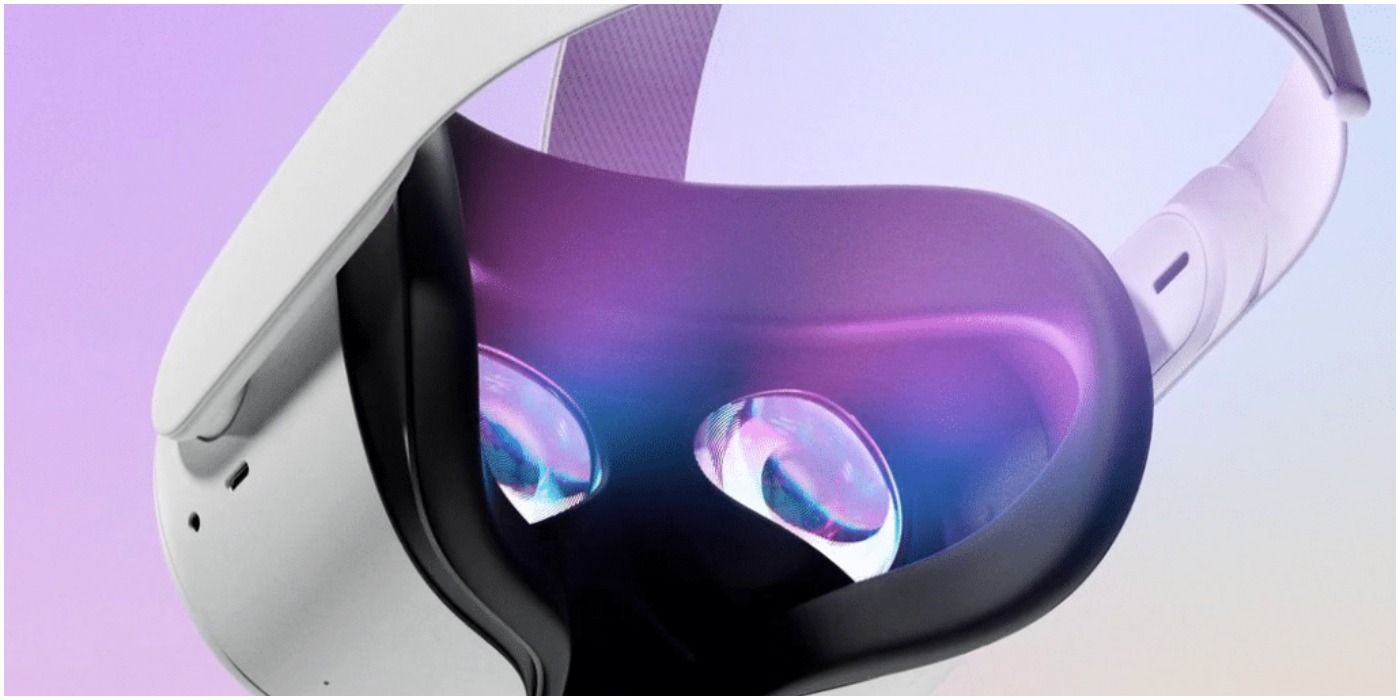
The Oculus Quest had a manual IPD slider that can be used to change how fans perceive the 3D effect while playing VR. The Quest 2 now allows the lenses to be changed to 3 preset positionsー58mm, 63mm, and 68mm.
This removes the difficulty in measuring one's IPD and adjusting the levels, as Oculus states that most users will find 1 of the 3 settings perfect for them.
4 Oculus Link Supported
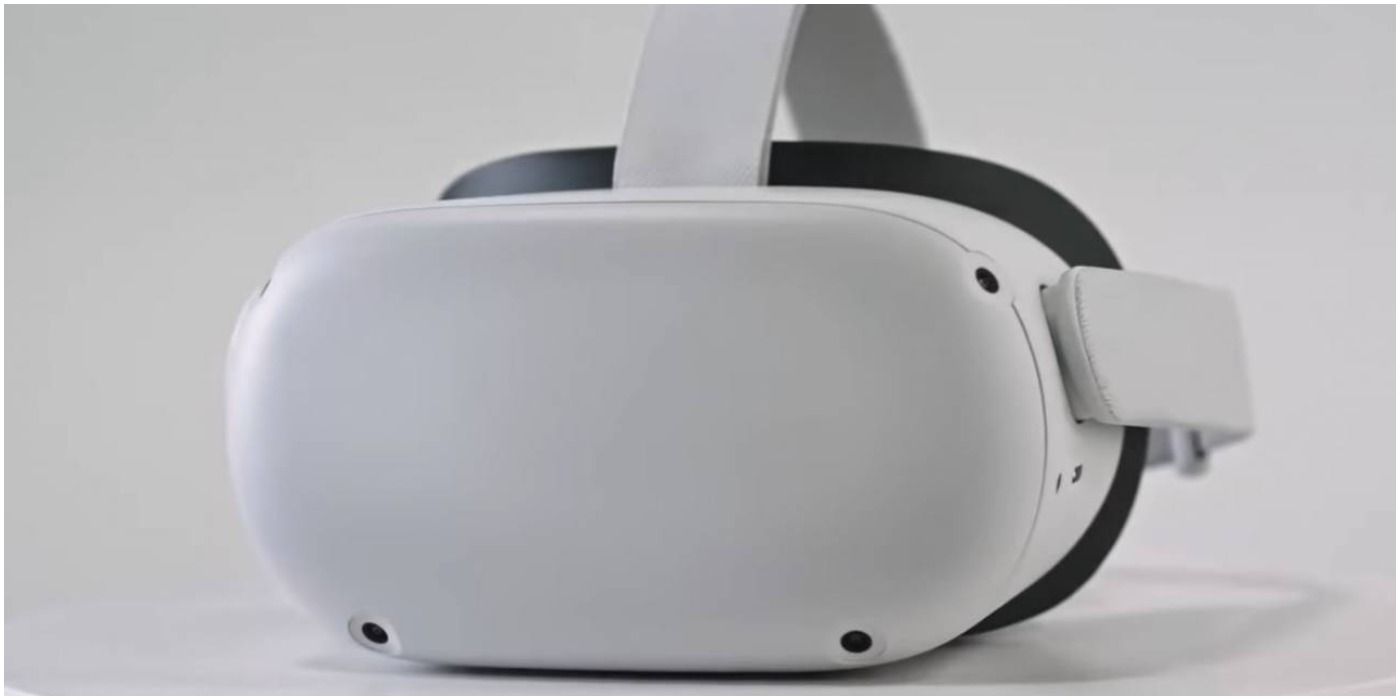
Oculus Link was a beta feature that allows users with gaming PCs to use a Quest as a PC headset, similar to the Rift S. This feature is also coming to the Quest 2, and now with the information that it is coming out of beta, the buzz around it has grown even more.
The Oculus Link cable is available to buy for $79 and is a 16 feet long cable. For more of a reason to buy this accessory despite the high price, it will also support the 90 frames per second for relevant Rift titles.
3 Improved Faceplate Design
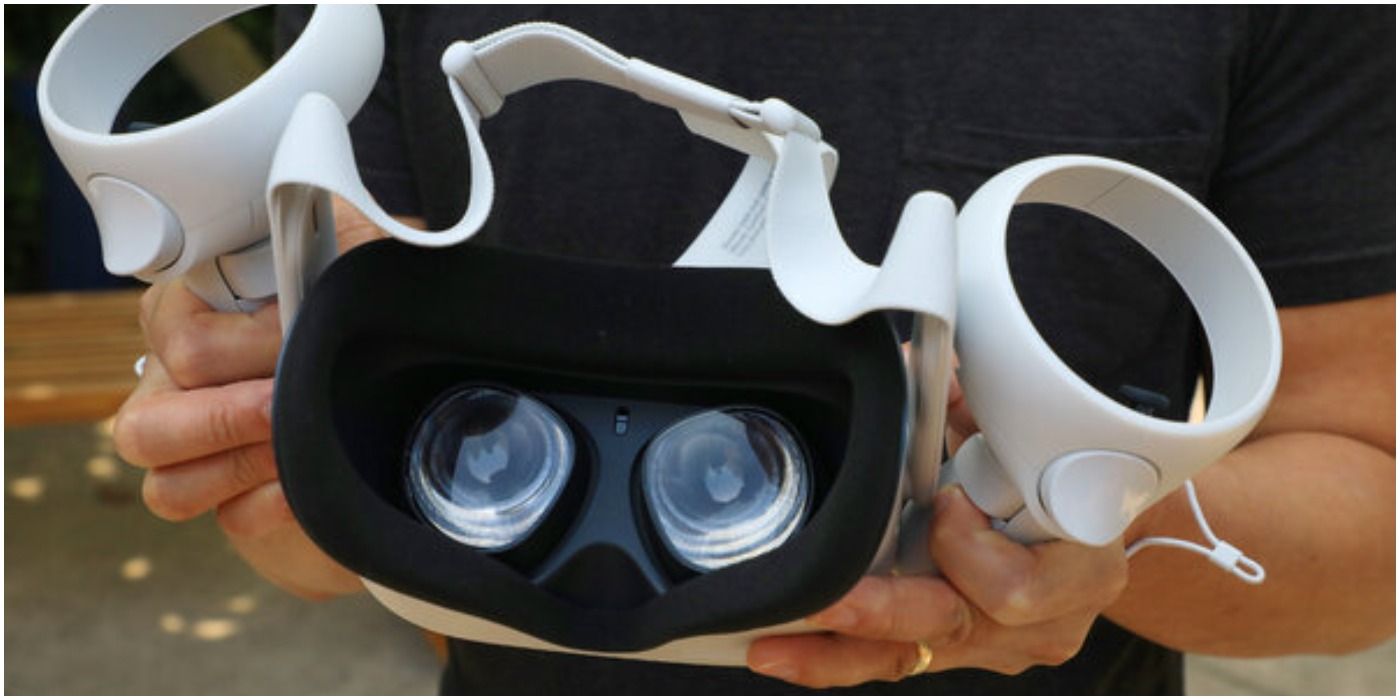
Aside from the Quest 2 being more lightweight in design and having better head straps, the faceplate design is different as well. The new design does not let as much light in while gaming and gives users a more immersive experience.
Aside from this, fans can also flip the visor up slightly, allowing one to check their surroundings without taking the headset off.
2 Accessories
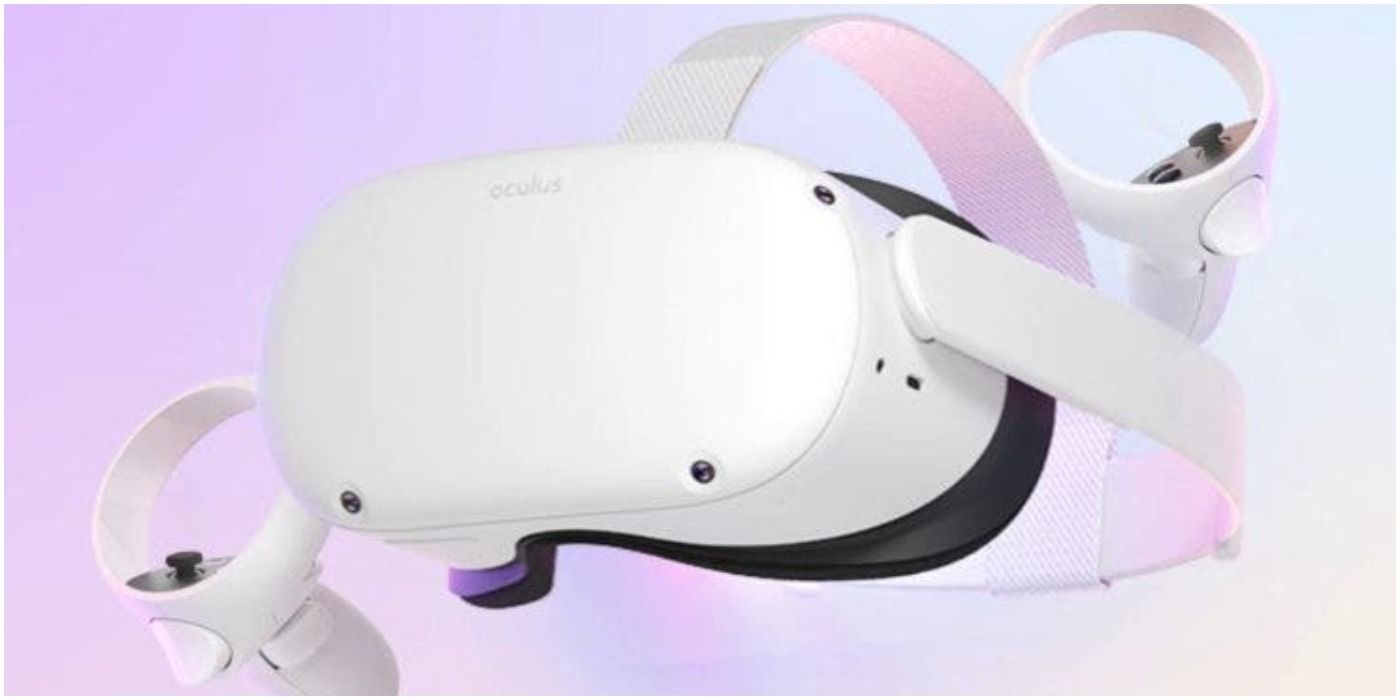
The Quest 2 has a variety of accessories that fans can buy, such as; the Quest 2 Carrying Case, Oculus Link Cable, Quest 2 Elite Strap, Quest 2 Fit Pack, Logitech PRO Gaming Headset, Logitech G333 VR Gaming Earphones, VR Cover, and Replacement Set, and the Quest 2 Elite Strap that comes with a battery and Carrying Case.
Compared to the Quest, the Quest 2 has more accessories available to purchase.
1 Requires A Facebook Account
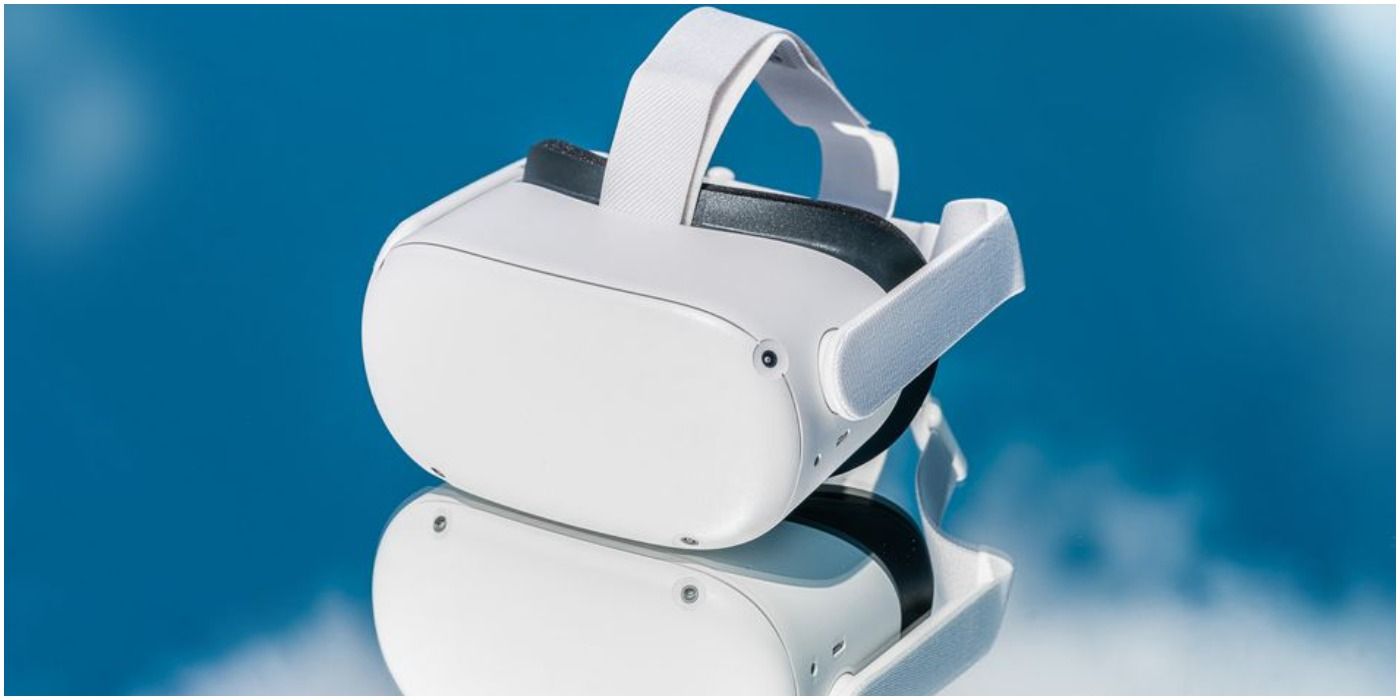
The most major difference between the Quest and Quest 2 is the requirement of a Facebook Account sign-in, which most fans are understandably disgruntled about since the original did not require such a step.
Before one can begin playing, they will need to sign in to their Facebook Account and allow it to track them, which is a double-edged sword for fans who wish to buy the new model.
from ScreenRant - Feed https://ift.tt/3mwDzBQ

0 Comments